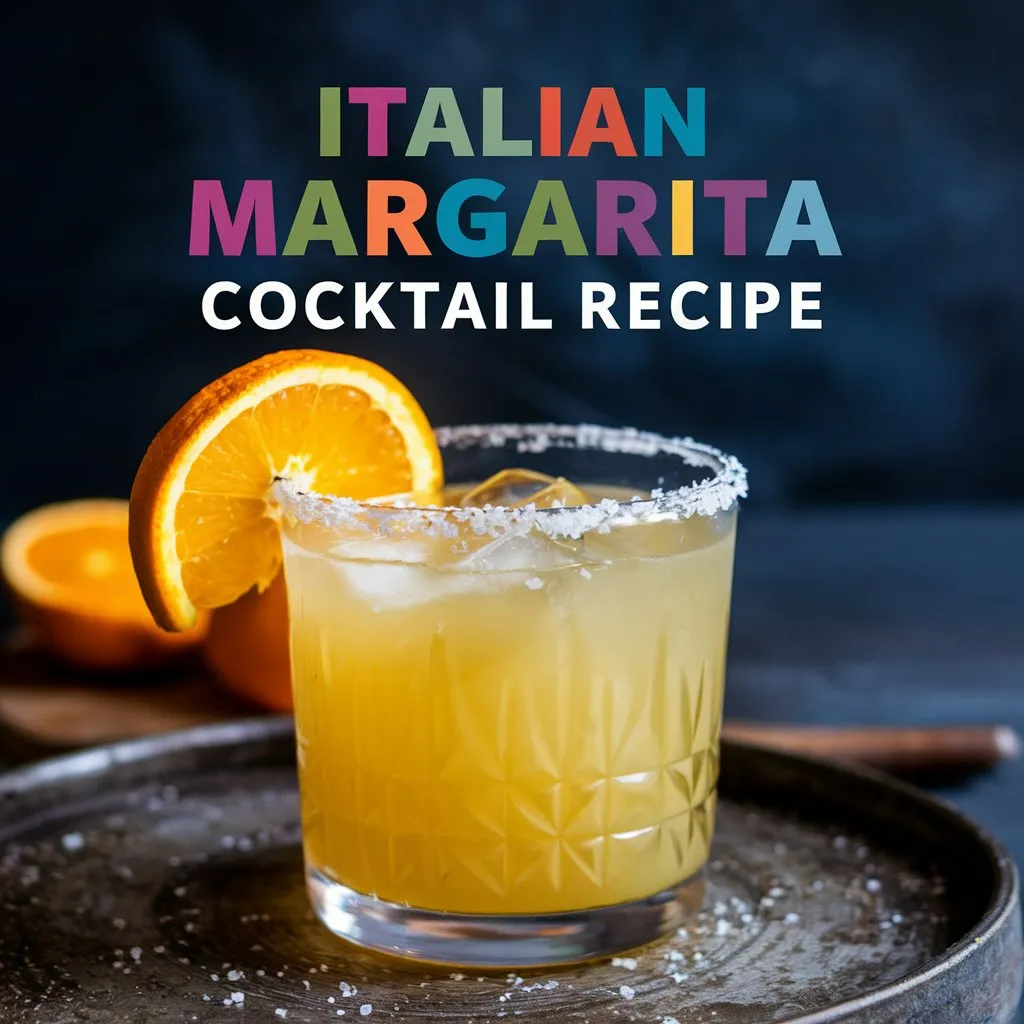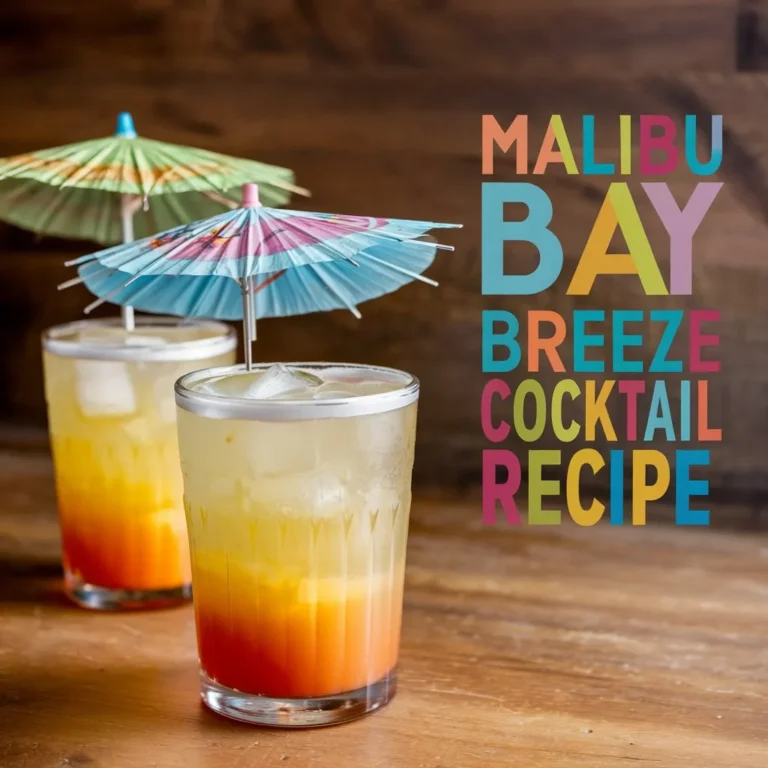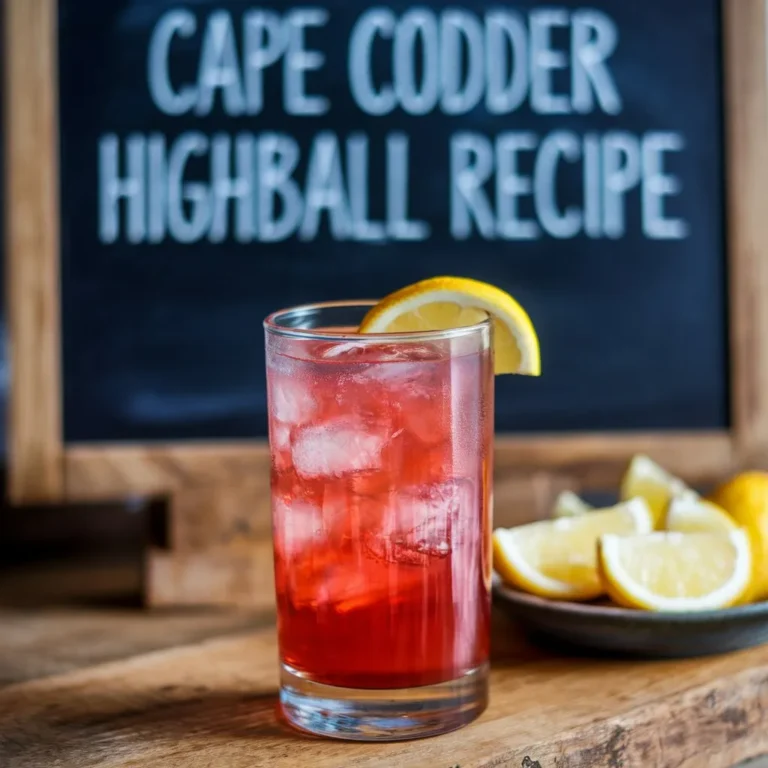Italian Margarita Cocktail Recipe: A Taste of Italy in Every Sip
As you raise a glass to toast the warm Italian evening, you’ll want to know the secret behind this revitalizing twist on the classic Margarita. The Italian Margarita Cocktail Recipe is more than just a clever name – it’s a masterclass in balancing bold flavors.
By trading tequila for Italian liqueurs, you’ll reveal a unique taste profile that’s both familiar and exotic. But what makes this cocktail truly special is the harmony of sweet and sour notes, and it all starts with a vital ingredient that might surprise you.
At a Glance

- The Italian Margarita originated in the 1980s as a twist on the classic Margarita, swapping tequila for Italian liqueurs like limoncello and Campari.
- Italian liqueurs like Aperol, Campari, and Cynar bring a unique flavor profile that’s quintessentially Mediterranean to the Italian Margarita.
- Lemon zest adds a bold, citrusy flavor and a burst of acidity, balancing the sweetness of the tequila and triple sec.
- Chill spirits before mixing and use frosty glasses to prevent drink dilution, ensuring a silky, smooth texture and elevated Italian Margarita experience.
- Experiment with different flavor profiles by substituting tequila with gin, adding citrus-flavored liqueurs, or infusing with smoky flavors to find the perfect harmony of flavors.
Italian Margarita History Uncovered
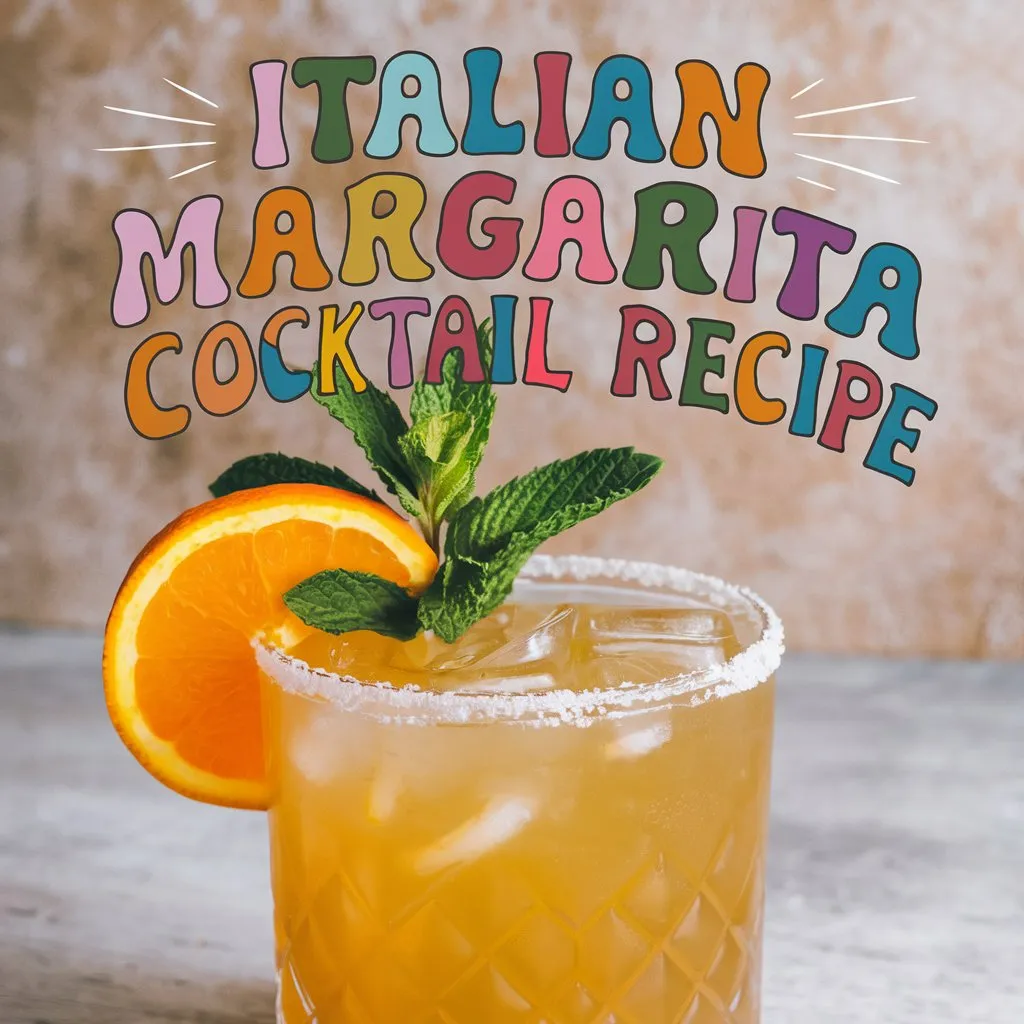
Developing in the 1980s, the Italian Margarita cocktail recipe originated from a clever twist on the classic Margarita, swapping tequila for Italian liqueurs.
You’re about to uncover the fascinating history behind this innovative cocktail. As you explore into the world of Italian mixology, you’ll discover that the Italian Margarita’s roots are deeply embedded in the country’s rich culinary heritage.
This Mediterranean twist on the classic cocktail is a tribute to Italy’s love for creative experimentation and passion for fine ingredients.
When you examine the Italian Margarita’s history, you’ll find that it’s a cocktail that proudly wears its Italian roots on its sleeve.
By replacing tequila with Italian liqueurs, the Italian Margarita offers a unique flavor profile that’s quintessentially Mediterranean. The combination of limoncello, Campari, and other Italian ingredients creates a cooling cocktail that’s perfect for sipping on a warm summer evening.
As you raise a glass to the Italian Margarita, you’ll be toasting to a cocktail that’s truly a reflection of Italy’s love for la dolce vita.
Choosing the Right Tequila
Every great Italian Margarita begins with a thoughtful selection of ingredients, and that starts with the base spirit.
As you set out on crafting the perfect Italian Margarita, you’ll want to choose a tequila that complements the other ingredients and elevates the overall flavor profile.
You have two primary Tequila types to ponder: Blanco and Reposado.
Blanco tequilas are unaged, offering a crisp, agave-forward flavor.
Reposado tequilas, on the other hand, are aged for a minimum of two months, resulting in a smoother, more refined taste.
For an Italian Margarita, a Blanco tequila is often preferred, as its bold flavor won’t get lost amidst the other ingredients.
When selecting a tequila, it’s also essential to ponder the region in which it’s produced.
Tequilas from the highlands, such as Jalisco, tend to be more fruit-forward, while those from the lowlands, like Nayarit, have a more earthy, herbal flavor.
Lemon Vs Lime: the Difference
Two primary citrus options vie for attention in the Italian Margarita: lemon and lime.
As you deliberate between these two citrus siblings, consider the distinct citrus profiles they bring to the table.
You’ll find that lemons tend to be more acidic and bitter, with a brighter, more pronounced flavor.
Limes, on the other hand, are generally sweeter and more aromatic, with a hint of tropical fruitiness.
When choosing between lemon and lime, consider the flavor nuances you want to highlight in your Italian Margarita.
Do you prefer a tangy, citrusy punch or a more subtle, herbal undertone?
- Lemon zest adds a bold, citrusy flavor and a burst of acidity, making it perfect for balancing the sweetness of the tequila and triple sec.
- Lime juice contributes a touch of sweetness and a hint of tropical fruitiness, creating an invigorating and revitalizing flavor profile.
- Using a combination of both lemon and lime can create a beautifully balanced flavor experience, with the brightness of the lemon tempered by the subtlety of the lime.
Italian Liqueurs to Know
As you craft your Italian Margarita, the nuances of Italian liqueurs can elevate the drink to new heights.
Italian traditions have long revered the art of liqueur-making, and incorporating these rich flavors into your cocktail can transport your taste buds to the Tuscan countryside.
When it comes to liqueur pairing, Aperol and Campari are obvious choices, but don’t overlook other Italian staples like Cynar, an artichoke-based bitter liqueur, or Strega, a sweet and herbal liqueur infused with saffron and mint.
To create a truly authentic Italian Margarita, consider combining these liqueurs with other Italian ingredients like Amaro Nonino, a sweet and bitter digestif, or Grappa, a strong and fruity brandy.
The key to successful liqueur pairing lies in balance and harmony.
Experiment with different ratios and combinations to find the perfect blend of flavors that transport you to the heart of Italy.
Limoncello’s Role in Balance
Limoncello’s citrus zing serves as a perfect counterbalance to the bold, bitter flavors of Italian liqueurs, allowing you to fine-tune the harmony of your Italian Margarita.
This delicate balance is vital, as it enables you to experience the full range of flavors in each sip.
By incorporating Limoncello, you’re not only adding a burst of citrus freshness but also creating a sense of citrus harmony that elevates the entire drink.
When working with Limoncello, consider the following key factors to achieve ideal balance:
- Flavor profiles: Limoncello’s bright, citrusy flavor can help cut through rich, bold flavors, while its sweetness can balance out bitter notes.
- Citrus harmony: The zesty, citrusy flavor of Limoncello can create a beautiful harmony with other citrus elements, such as lemon or orange, in your Italian Margarita.
- Ratio and proportion: Experiment with different ratios of Limoncello to other ingredients to find the perfect balance of flavors for your taste.
Cynar’s Bitter Sweetness Explained
You’re now ready to explore the role of Cynar, a bitter and sweet Italian liqueur, in your Italian Margarita.
This artisanal ingredient is a key component in balancing the flavors of your cocktail.
Cynar’s unique bitter sweetness comes from its 13 botanicals, including artichokes, which provide a subtle earthy tone.
The bitter flavors are tempered by a hint of sweetness, creating a harmonious balance that complements the bright citrus notes of the tequila and limoncello.
As you combine Cynar with the other ingredients, you’ll notice how it deepens the flavor profile of your Italian Margarita.
The bitter flavors aren’t overpowering, but rather, they enhance the overall complexity of the cocktail.
This is because Cynar is an expertly crafted liqueur, made with high-quality ingredients and a proprietary blend of herbs and roots.
Simple Syrup’s Hidden Power
While crafting your Italian Margarita, it’s easy to overlook the humble simple syrup, but this sweetener plays a pivotal role in balancing the flavors of your cocktail.
Simple syrup is more than just a sweetener; it’s a flavor enhancer that complements the other ingredients in your drink.
By dissolving sugar in water, you create a syrup that can dissolve seamlessly into your cocktail, adding depth and complexity to the flavor profile.
When used thoughtfully, simple syrup can:
- Elevate the citrus notes in your Italian Margarita without overpowering the other flavors
- Provide a subtle sweetness that won’t overwhelm the bitterness of the Cynar
- Offer a versatile alternative to sugar substitutes, allowing you to customize the sweetness level to your taste
Salt Rim or No Salt Rim
As you finalize your Italian Margarita recipe, a pivotal decision awaits: to salt rim or not to salt rim.
This age-old rim debate has sparked intense discussions among bartenders and enthusiasts alike.
While some swear by the classic salt rim, others prefer a salt-free approach. When considering salt options, remember that the rim’s purpose is to enhance the drink’s flavor profile.
A salt rim can balance the sweetness of the Italian Margarita’s limoncello and tequila, creating a harmonious union of flavors. However, if you’re looking for a more subtle approach, a salt-free rim can allow the drink’s natural flavors to shine.
Ultimately, the decision to salt rim or not is a matter of personal taste.
If you do choose to salt, be sure to use a coarse, flaky salt like Maldon or Himalayan pink. This will provide a subtle textural element to the drink.
Whether you’re a seasoned mixologist or a cocktail newbie, the salt rim decision is a vital one that can elevate your Italian Margarita to new heights.
Ice and Temperature Matter
Crafting the perfect Italian Margarita requires attention to detail, and the role of ice and temperature can’t be overstated.
You’re not just tossing some spirits into a glass with a splash of lime; you’re crafting an experience.
The right temperature and ice can elevate your Italian Margarita from mediocre to magnificent.
– Chill your spirits: Make sure your tequila, lime juice, and triple sec are all refrigerated before mixing.
Chilled spirits will guarantee a silky, smooth texture that coats your palate.
– Use frosty glasses: A warm glass can quickly dilute your drink and ruin the experience.
Keep your glasses in the freezer until you’re ready to serve.
– Ice matters: Avoid using ice that’s too large, as it can water down your drink.
Opt for small, uniform ice cubes or even crushed ice to keep your Italian Margarita crisp and invigorating.
The Art of Mixing Techniques
You’ve set the stage for a sublime Italian Margarita experience by chilling your spirits, using frosty glasses, and selecting the right ice.
Now, it’s time to master the art of mixing techniques to elevate your cocktail to new heights. To achieve mixing mastery, you’ll need to understand the delicate balance of cocktail chemistry.
Start by gently pouring the tequila, lime juice, and triple sec into the mixing glass. This initial pour sets the tone for the entire mixing process, so take your time and be precise.
Next, add a handful of ice to the mixing glass, making sure to fill it to the brim. This is where the magic happens – the ice will start to chill and dilute the ingredients, releasing the complex flavors and aromas of the Italian Margarita.
With a steady hand and a gentle touch, stir the mixture for about 15-20 seconds to guarantee everything is well combined and chilled. As you stir, the ingredients will start to meld together, creating a harmonious balance of flavors that will leave your guests in awe.
Garnish With Fresh Herbs Only
The art of garnishing is where the Italian Margarita’s visual appeal takes center stage, and fresh herbs are the unsung heroes.
You’ll want to choose fresh herbs that complement the citrus and herbal notes in your Italian Margarita. This is where you get to add a personal touch to your cocktail and make it Instagram-worthy.
When selecting fresh herbs, remember these tips:
- Opt for herbs with delicate flavors: Basil, mint, and lemongrass are great options that won’t overpower your drink.
- Choose herbs that complement the flavors in your Italian Margarita: If you’re using a citrus-forward tequila, pair it with a herb like lemon verbena or lemon balm.
- Don’t overdo it: A sprig or a small leaf is enough to add a pop of color and freshness to your drink.
Variations to Try at Home
Experimenting with variations is where the true fun begins, and your Italian Margarita is no exception.
You’re now free to explore different flavor profiles and uncover mixology secrets that will take your cocktail game to the next level.
Try substituting the tequila with gin for a botanical twist, or add a splash of citrus-flavored liqueur like Cointreau for a vibrant, orange-hued drink.
For a fruity spin, muddle some fresh berries or peaches with the lime juice and agave syrup before adding the remaining ingredients.
If you’re feeling adventurous, infuse your Italian Margarita with a smoky flavor by adding a dash of mezcal or whiskey barrel-aged bitters.
Remember, the key to creating unique variations is to balance flavors and experiment with different combinations.
Don’t be afraid to try new ingredients and techniques – it’s all about finding that perfect harmony of flavors that will make your Italian Margarita truly unforgettable.
FAQs
Can I Use Triple Sec Instead of Cointreau in the Italian Margarita?
You can experiment with triple sec as a Cointreau substitute, but be aware it’ll alter the Italian Margarita’s flavor profile, as triple sec has a sweeter, more pronounced orange flavor that might overpower the other ingredients.
Is It Necessary to Chill the Italian Margarita Before Serving?
When you’re about to serve, you’ll want to chill the Italian Margarita to slow ice formation, preserving the delicate flavor profile; if you don’t, the drink will water down, losing its velvety texture and nuanced taste.
Can I Make a Pitcher of Italian Margaritas for a Party?
When party planning for large gatherings, you can definitely make a pitcher of Italian Margaritas – simply multiply the ingredients, stir well, and adjust the chilling time accordingly, ensuring every guest feels like part of the celebration.
How Long Does an Open Bottle of Limoncello Last?
You’ll be relieved to know that an open bottle of limoncello can last up to 12 months in the fridge, thanks to its high alcohol content, proper Limoncello storage, and sealed cap, ensuring its Limoncello shelflife remains intact.
Can I Substitute Agave Syrup for Simple Syrup in the Recipe?
You can substitute agave syrup for simple syrup, but be aware that agave’s stronger flavor profile may alter the ratio, requiring adjustments to achieve the perfect balance, so taste and adjust as you go.
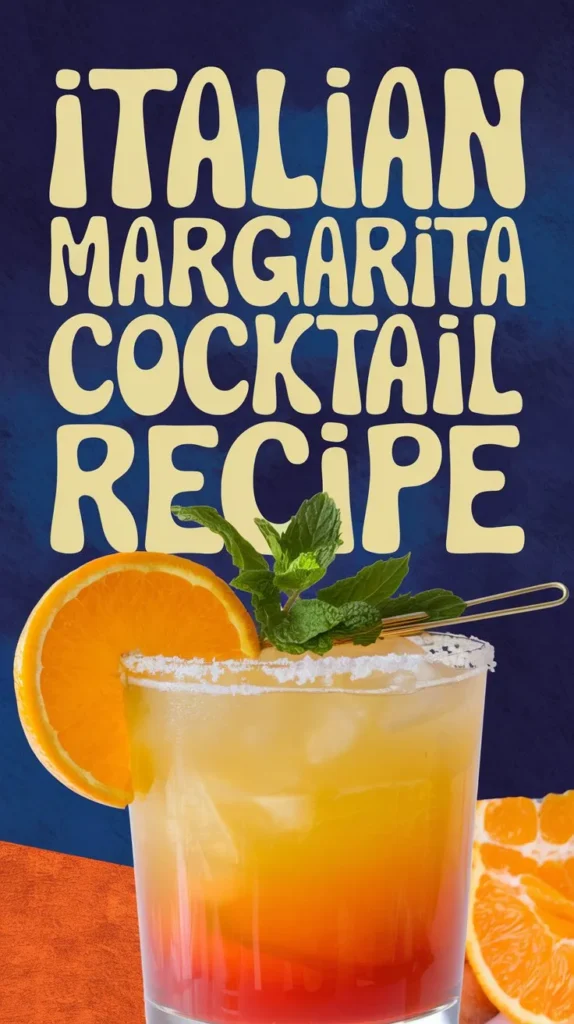

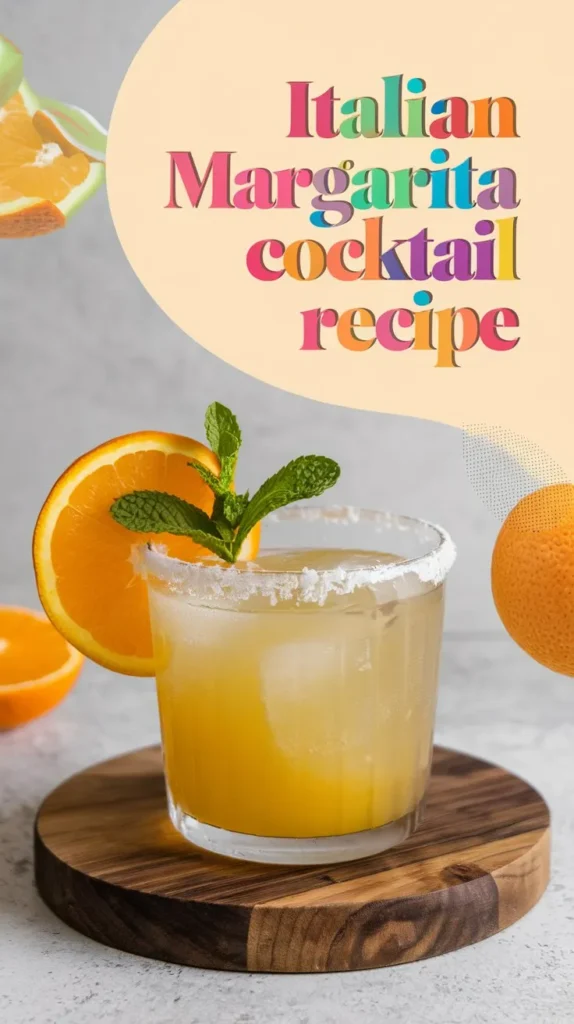
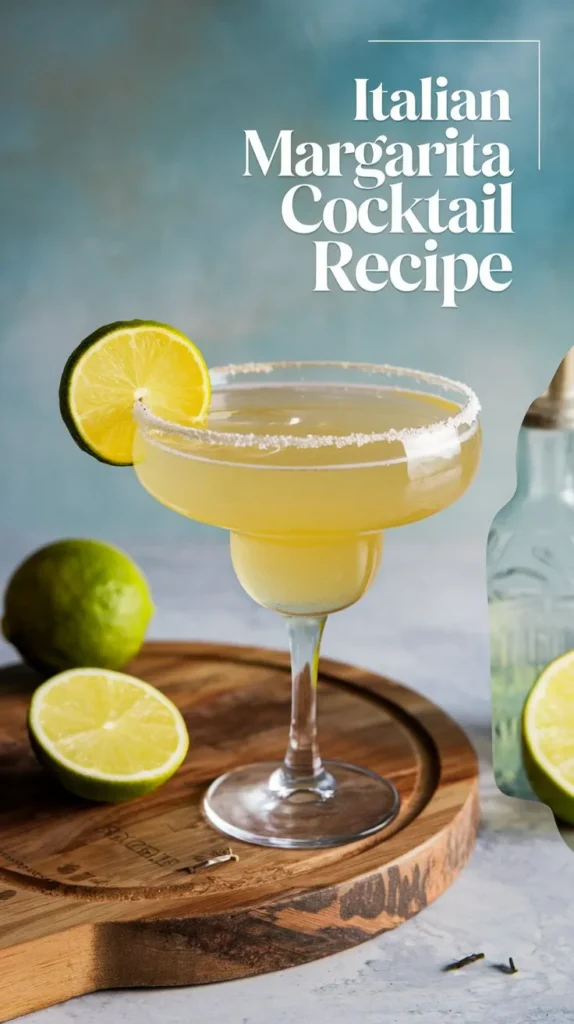
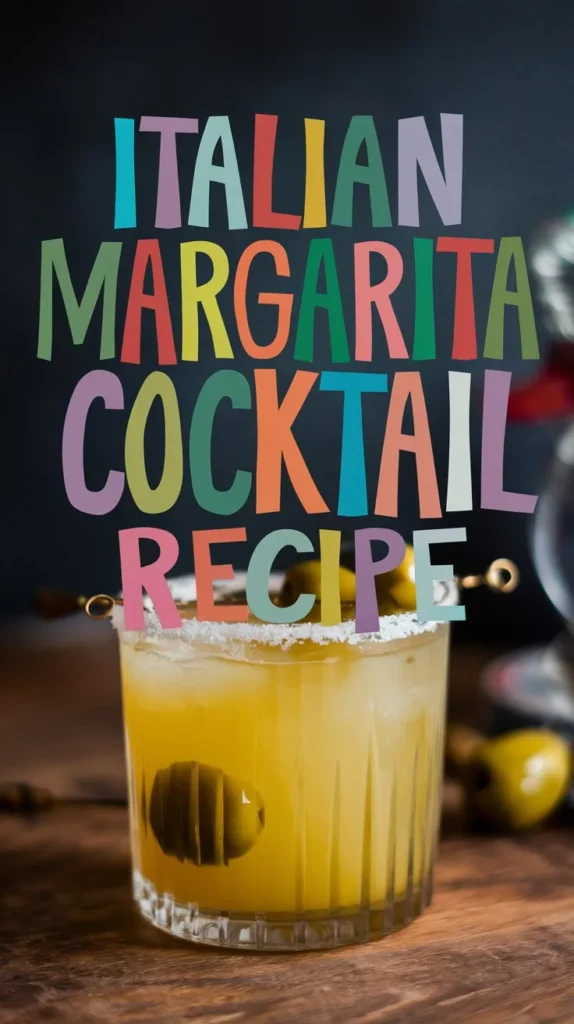


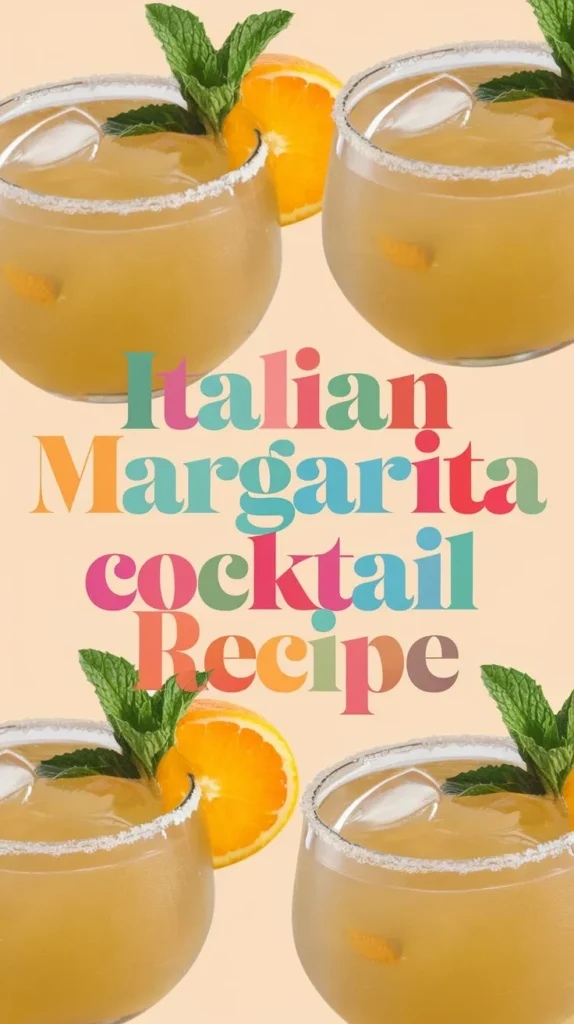



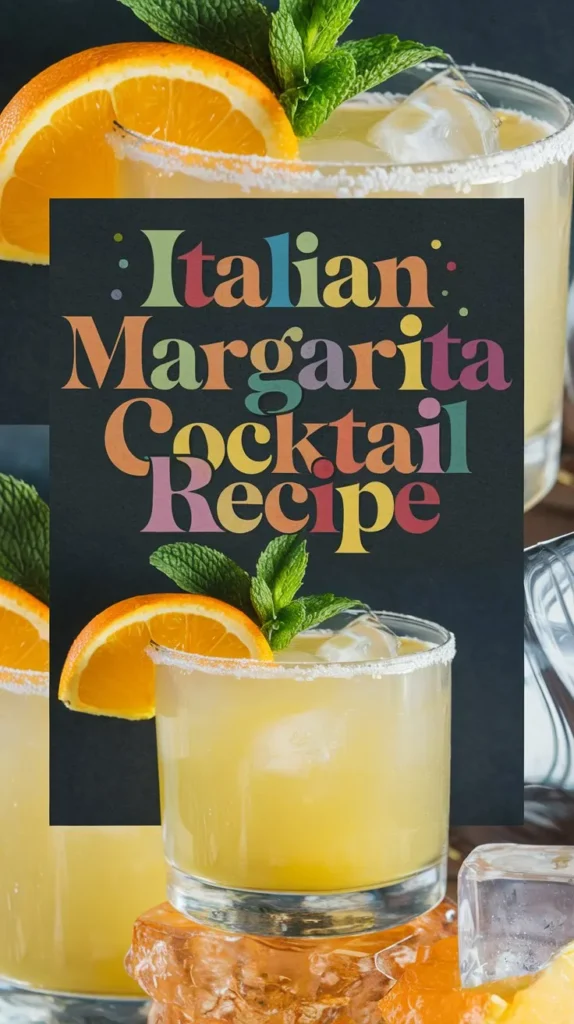
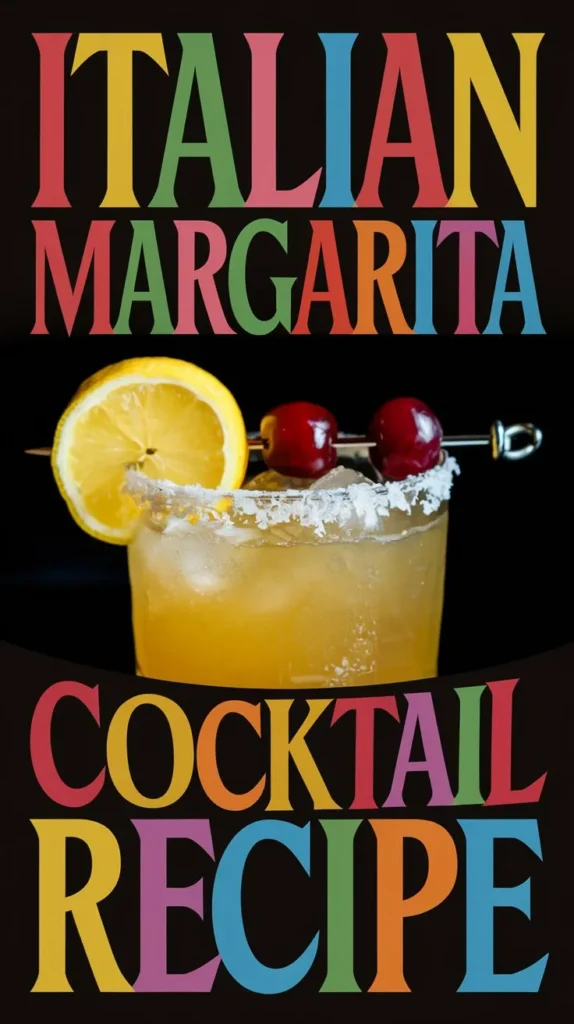
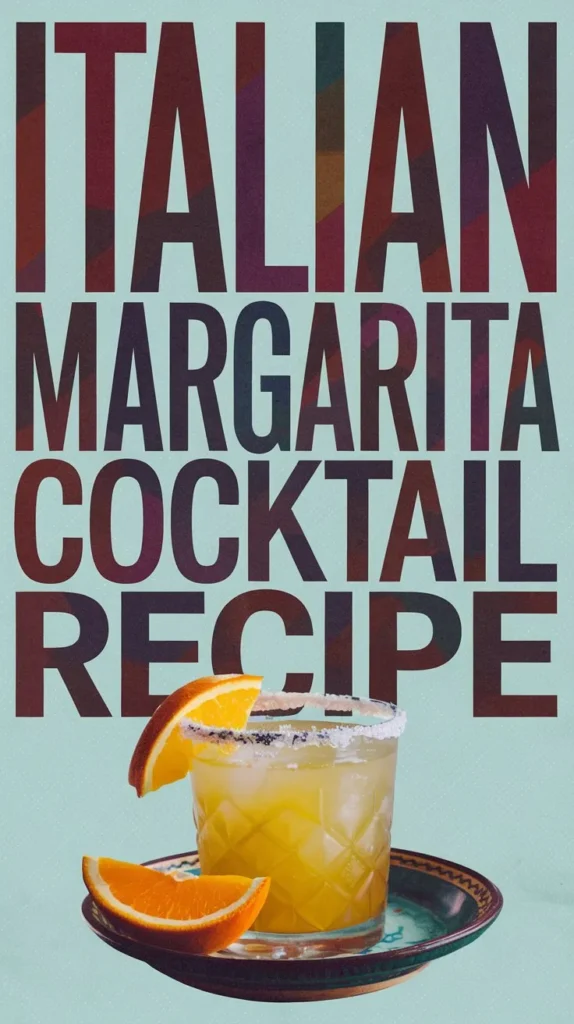


DK Maxwell is a spirited explorer of libations, a seeker of flavor, and a lover of all things drink-related. With a penchant for uncovering hidden gems in the world of whiskey, cocktails, and beverages, DK brings a refreshing perspective to the glass. When not swirling a dram or shaking up a cocktail, you’ll find DK sharing tips, sipping stories, and celebrating the art of refreshment. Welcome to the spirited journey! 🥃🍹✨

